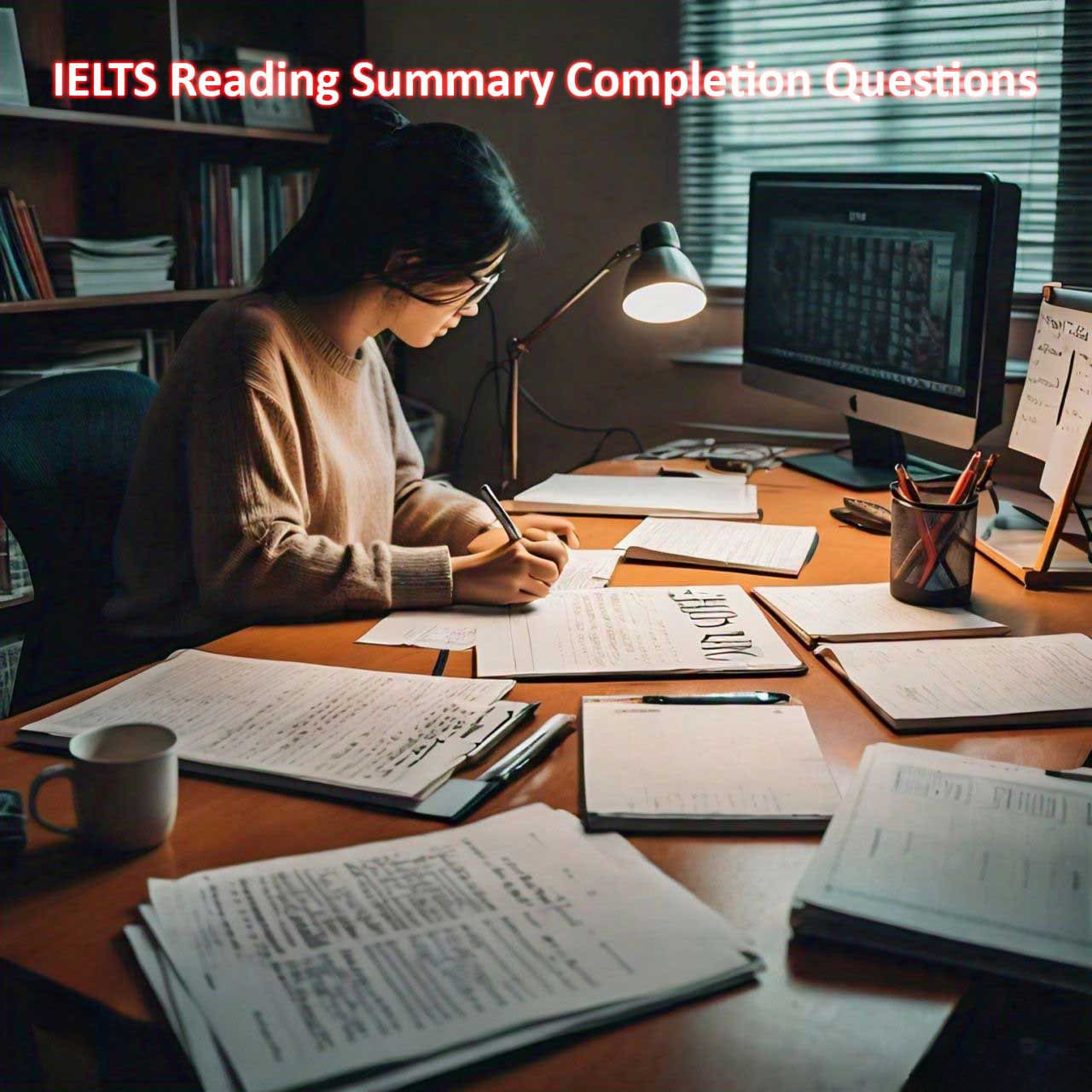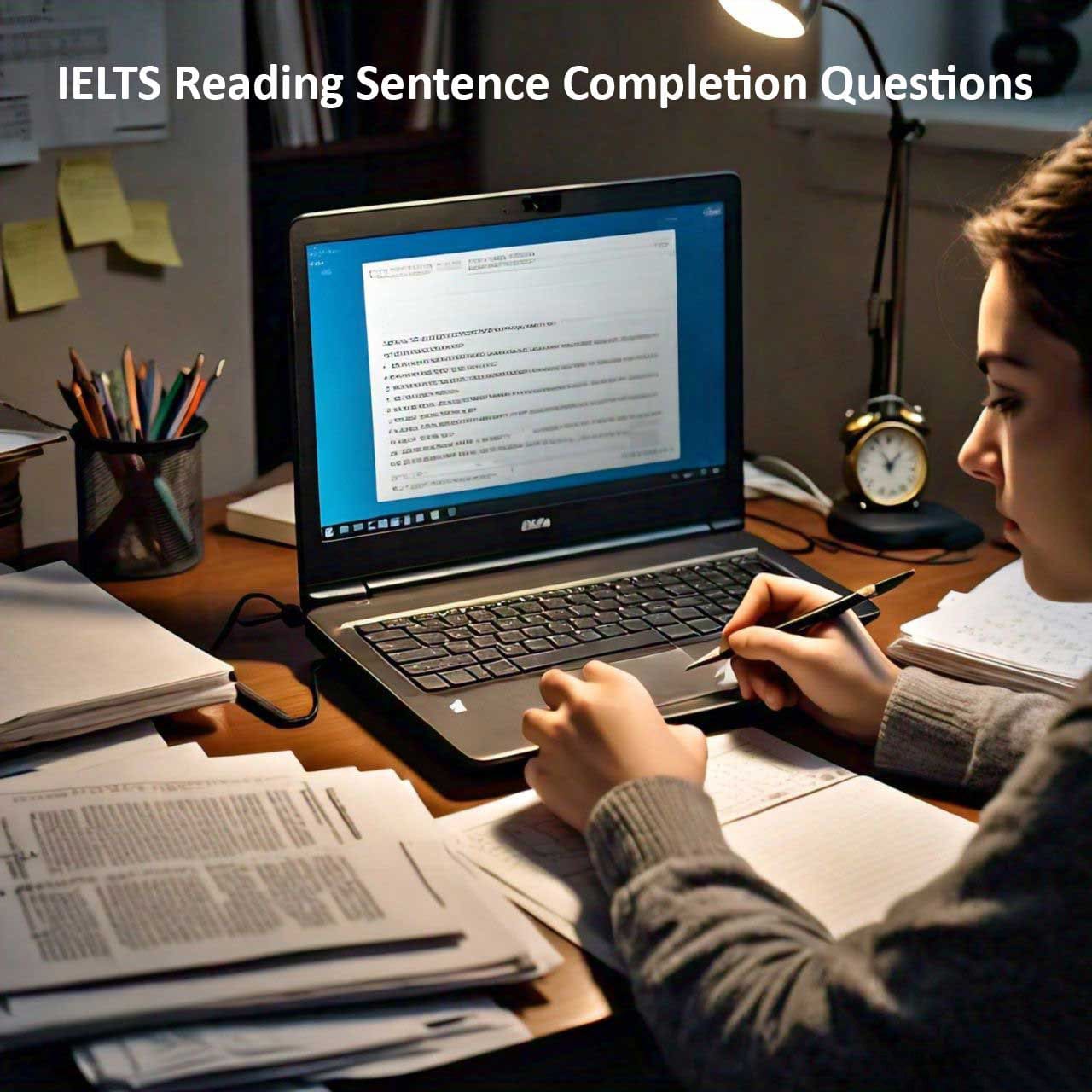The IELTS Reading test is designed to assess a wide range of reading skills, from understanding main ideas and supporting details to identifying opinions and attitudes. One of the question types you may encounter is “Matching Sentence Endings.” This task requires you to complete sentences by selecting the correct endings from a list, testing your ability to understand the relationship between different parts of the text. In this blog post, we will explore effective strategies to master this question type and enhance your IELTS Reading performance.
Table of Contents
Understanding Matching Sentence Endings
In the Matching Sentence Endings task, you are given the first half of several sentences and a list of possible sentence endings. Your goal is to match each beginning with the appropriate ending based on the information provided in the reading passage. This task assesses your comprehension of specific information and your ability to identify logical connections within the text.
Tips and Strategies
1. Read the Instructions Carefully:
Begin by carefully reading the instructions. Ensure you understand how many endings you need to match and any specific guidelines provided. This will help you avoid unnecessary mistakes and manage your time effectively.
2. Skim the Passage First:
Before attempting to match sentence endings, skim through the passage to get a general understanding of the content and structure. Pay attention to headings, subheadings, and any highlighted or italicized words. This initial reading will give you a sense of where specific information might be located.
3. Identify Keywords:
For each sentence beginning, identify the keywords and key phrases. These are usually nouns, verbs, or adjectives that carry the main meaning of the sentence. Underline or highlight these keywords, as they will guide you in locating the relevant information in the passage.
4. Analyze Sentence Beginnings and Endings:
Carefully read each sentence beginning and the list of possible endings. Try to understand the context and meaning of both parts. Look for logical connections, such as cause and effect, contrast, or continuation, that can help you determine the correct match.
5. Use Context Clues:
The surrounding context in the passage often provides important clues for matching sentence endings. Read the sentences before and after the relevant information to gain a better understanding of the context. This will help you make more accurate matches.
6. Eliminate Incorrect Options:
If you’re unsure about a particular match, use the process of elimination. Remove any sentence endings that clearly do not fit with the beginning. Narrowing down the options increases your chances of selecting the correct ending.
7. Pay Attention to Grammar:
Ensure that the completed sentence is grammatically correct. Sometimes, matching the sentence endings involves making sure the subject and verb agree, or that the sentence maintains proper tense. A grammatically incorrect sentence is a clear sign of a wrong match.
8. Cross-Check with the Passage:
After making a tentative match, cross-check it with the passage to verify its accuracy. Make sure the matched ending accurately reflects the information provided in the text. Adjust your match if necessary based on this verification.
9. Manage Your Time:
Matching sentence endings can be time-consuming, so manage your time wisely. Allocate a specific amount of time for this task and stick to it. If you find yourself spending too much time on one match, move on and come back to it later if time permits.
10. Practice Regularly:
Regular practice is essential to master the Matching Sentence Endings task. Use IELTS practice materials to familiarize yourself with the format and question types. Timed practice sessions can help you improve your speed and accuracy.
Common Challenges and Solutions
1. Similar Sentence Endings:
One common challenge is dealing with sentence endings that seem very similar. To overcome this, focus on subtle differences in meaning and context. Pay close attention to keywords and how they relate to the passage.
2. Complex Sentences:
Sometimes, the sentences in the passage are complex and contain multiple clauses. Break down these sentences into smaller parts to understand their meaning more clearly. Look for the main clause that matches the sentence beginning.
3. Distracting Information:
Passages often include irrelevant or distracting information. Stay focused on the keywords and key phrases you identified earlier. Ignore information that doesn’t directly relate to the sentence beginnings.
Conclusion
Matching Sentence Endings in the IELTS Reading test can be challenging, but with the right strategies and consistent practice, you can improve your performance and achieve a higher score. Focus on understanding the passage, identifying keywords, and analyzing the logical connections between sentence parts. Regular practice will help you become more comfortable with this task and enhance your overall reading skills. Remember, every bit of preparation brings you one step closer to your IELTS goals. Good luck!



